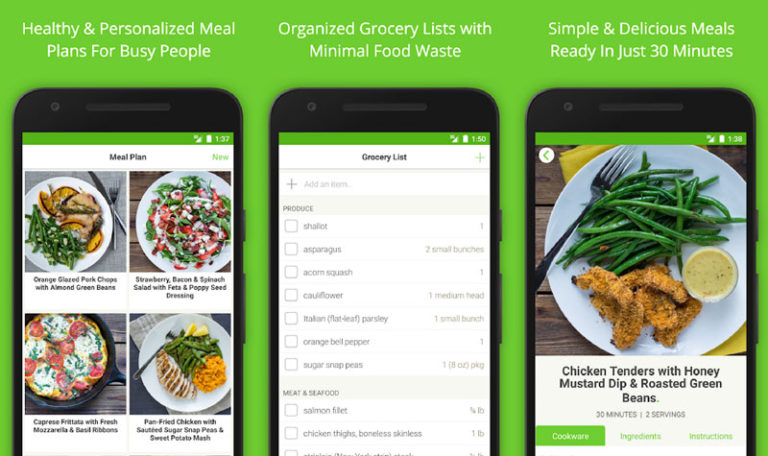


A meta-analysis of 12 diet and physical activity–focused app studies found that delivery of an intervention via a mobile app significantly reduced weight compared with controls (−1.04 kg, 95% CI −1.80 to −0.27 kg). Reviews of nutrition-related mobile health interventions have examined their effectiveness in relation to behavioral and weight-related outcomes. Reviews of Mobile Health Interventions and Commercially Available Apps The current popularity of health and nutrition-related apps in both the general public and in research, along with the opportunities that the technology provides, makes it an important platform to explore for future family nutrition interventions. Furthermore, interventions can be personalized based on user input, which may improve user engagement and intervention fidelity. Although the initial time and monetary outlay for app development can be substantial, they are highly scalable, and with mobile phone ownership nearing saturation, they have the potential to reach a diverse population. The unique placement of mobile phones within our daily lives, along with technological advancements such as global positioning system, machine learning, and data tracking, means that apps are positioned to deliver ecological momentary interventions. Health interventions delivered by mobile apps have the potential to address resource-related barriers to healthy food provision by offering practical behavioral support, remotely, interactively, and in context. Addressing resource-related food provision barriers and supporting the adoption of healthy food coping behaviors may enhance the effectiveness of interventions to improve child and family diet quality. However, interventions supporting parents to improve their children’s dietary intake are primarily focused on education rather than skill development and are of moderate effectiveness. Nutrition interventions supporting the use of healthy food coping strategies are warranted and in fact desired by parents.

Although some strategies, such as the purchase of fast or convenience food, occur at the detriment of diet quality, other strategies, such as meal planning and shopping list use, have been associated with healthier food preparation. The use of food coping strategies (such as meal planning, shopping list writing, use of convenience ingredients or preprepared meals, and seeking support) can enable families to overcome resource-related barriers to food provision (including time or income scarcity). įood provision, encompassing the planning, purchasing, and preparation of food, requires significant time and both mental (eg, food preparation knowledge and planning skills) and physical (eg, food preparation facilities) resource. The increasing reliance on these generally highly processed foods may be in part because of the conflicting demands that the modern lifestyle places on the resources available for family food provision. Similar figures have been reported in the United States and Canada, with children and adolescents consuming at least one-third of their daily energy intake in the form of energy-dense, nutrient-poor foods. In Australia, these foods are contributing 30% to 40% of the total daily energy intake of children and adolescents. Excessive consumption of energy-dense, nutrient-poor foods is a key cause of poor diet quality and is contributing to the high prevalence of overweight and obesity globally.


 0 kommentar(er)
0 kommentar(er)
